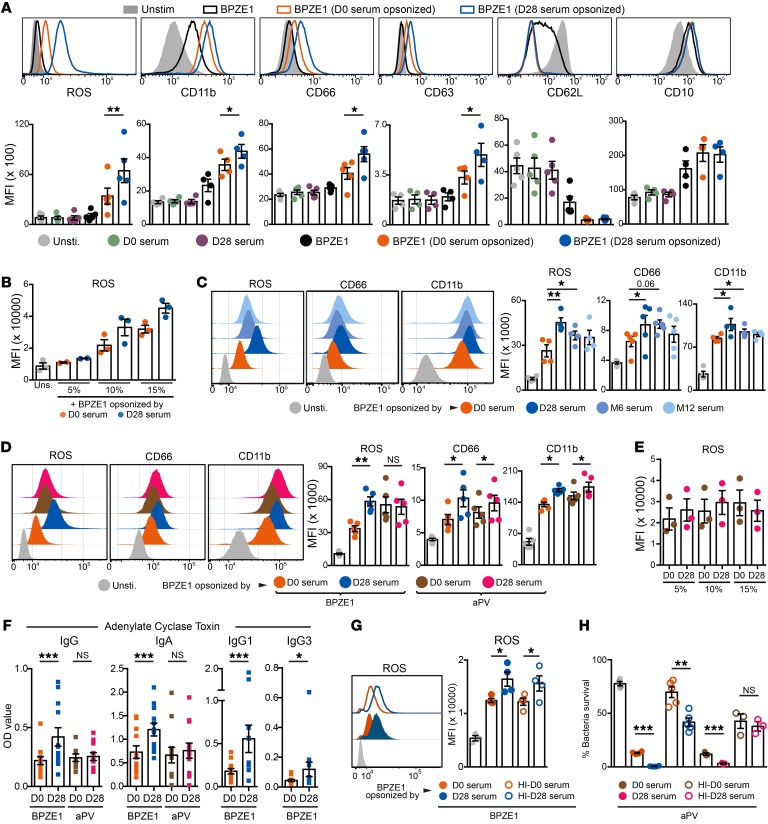Figure 6. BPZE1 was superior to aPV at inducing opsonizing antibodies leading to enhanced neutrophil bactericidal activity.
(A–E) Fresh human neutrophils (106 cells) were infected with live BPZE1 (107 CFU) or BPZE1 opsonized by pooled serum of BPZE1 or aPV vaccinees for 1 hour. ROS production and expression of activation/maturation markers were evaluated. Compiled data are from at least 3 independent experiments. (A) 10% pooled serum of BPZE1 vaccinees (n = 12) were used. Cells without stimulation or cultured with pooled serum alone were used as control. MFI values of the indicated markers are shown. Two-tailed paired t test was used. (B) Different concentrations of serum collected from BPZE1 vaccinees were evaluated. (C) Pooled serum of BPZE1 vaccinees collected at different time points were evaluated. Two-tailed paired t test was used. (D) Pooled serum of BPZE1 or aPV vaccinees were evaluated and compared side by side. (E) Different concentrations of serum collected from aPV vaccinees were evaluated. (F) Antibody titers of IgG, IgA, IgG1, and IgG3 targeting ACT were measured in BPZE1 and aPV vaccinees (n = 12). Two-tailed Wilcoxon matched-pairs signed-rank test was used. (G) Neutrophils were infected with live BPZE1 opsonized by 10% pooled serum or HI serum of BPZE1 vaccinees for 1 hour. ROS production was evaluated. Compiled data from 4 independent experiments are shown. (H) The effect of opsonization-mediated ROS production on the bactericidal activity of neutrophils was evaluated in vitro. Compiled data are from 4 independent experiments. Two-tailed paired t test was used. *P ≤ 0.05, **P ≤ 0.01, ***P ≤ 0.001.

